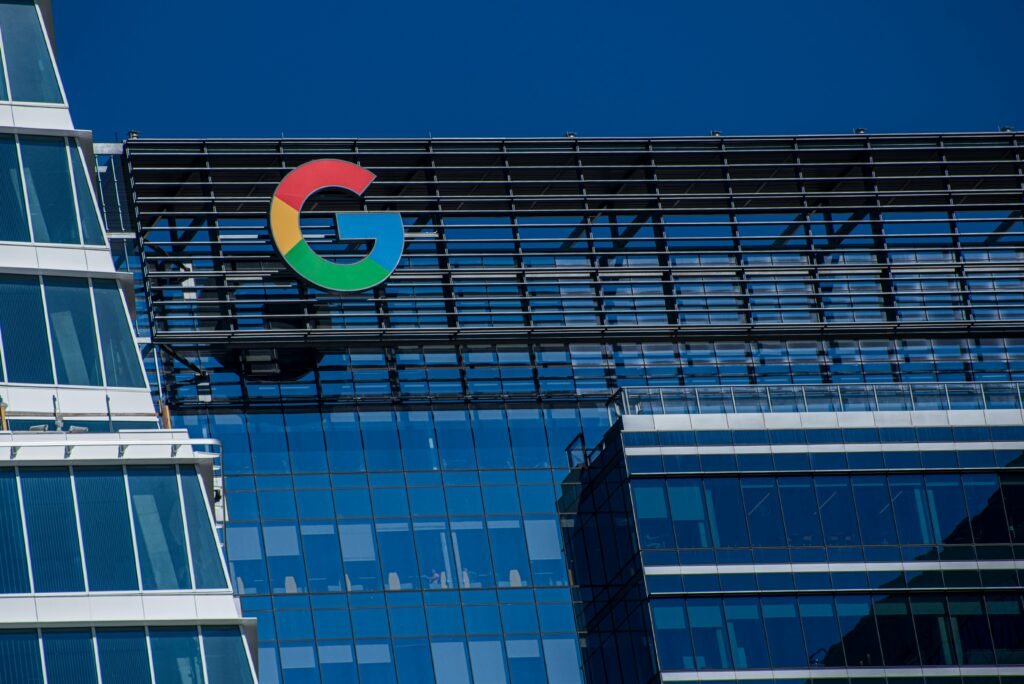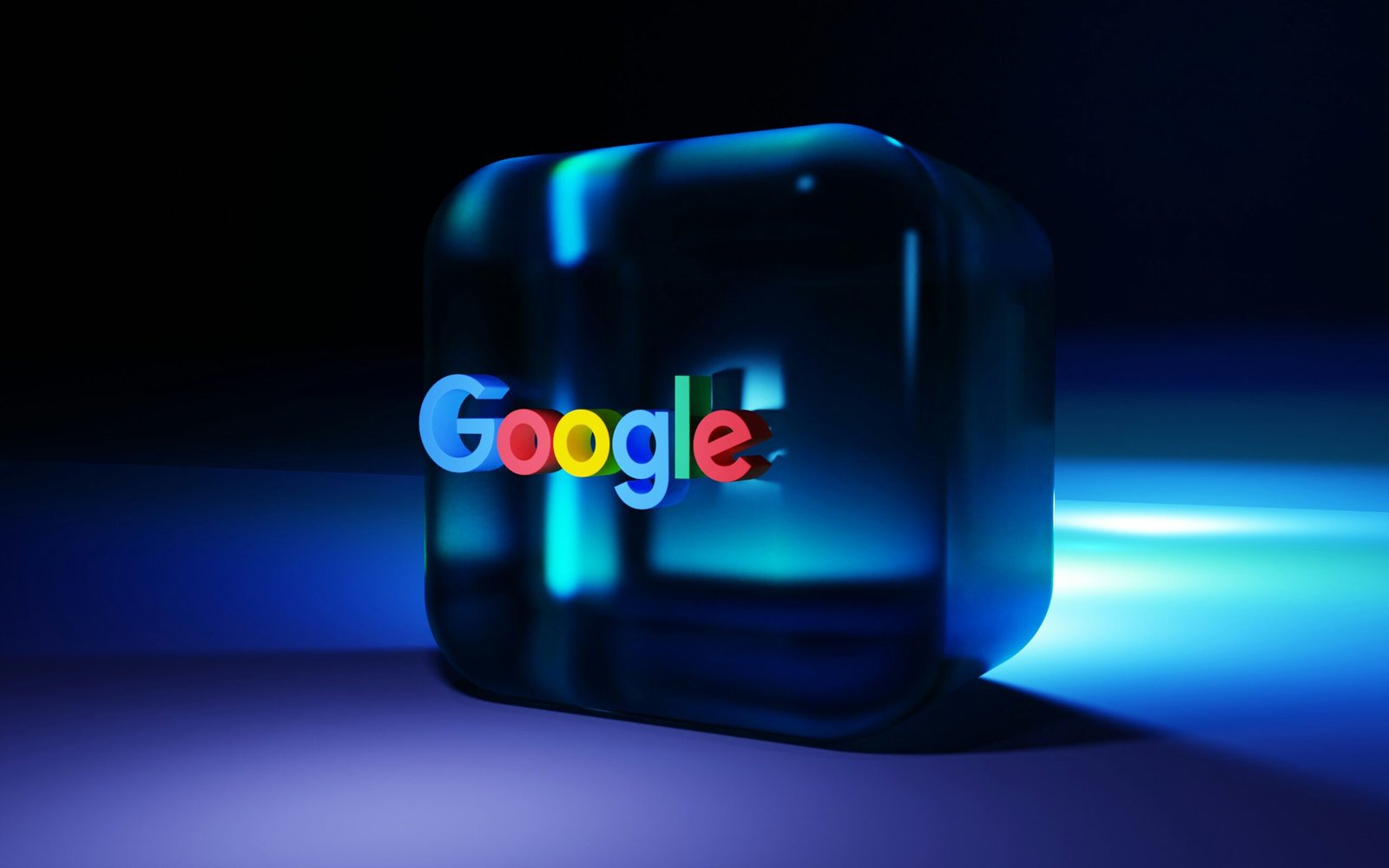This isn’t just a figment of imagination—it’s the latest innovation from Google’s cloud security platform, which was revealed at the upcoming ’24 conference. It could be the most significant cybersecurity improvement of the decade.
How This Relates to You:
According to a 2024 statistic report by statista, 83% of organizations have experienced a cloud data breach
The average time for breach detection is 207 days (ibm security)

🚀 This platform utilizes artificial intelligence to reduce line breaks to minutes
Whether you’re a chief information security officer, an administrator, or a business owner, this transforms the landscape of cloud security.
In this article, we’ll explain:
✅ What the unified security platform actually does
✅ which businesses benefit the most (spoiler: nearly all of them)
✅ How does AI work in simple terms?
✅ when you can get access
Real-world examples of it preventing attacks
Prepared to Explore the Next Generation of Cybersecurity Let’s proceed!
What is the name of Google’s platform that combines security features into one platform?
Think of it as:
“one brain to protect everything” – combining:
Cloud security (gcp, aws, azure).
Network Security.
Endpoint security.
Identity verification.
Powered by Google’s Gemini AI models, which continuously learn and adapt in real-time.
Key superpowers:
The AI security analyst.
Detects 6.5 million malicious activities per hour.
Analyzes the relationship between email, cloud storage, and user behavior.
Automatically detects and isolates malicious files (such as quarantining suspicious files).
One interface to manage them all.
No more managing 15 separate security tools.
Discover all potential risks across various cloud platforms, mobile applications, and devices in a single location.
Automated patch protector.
Finds unpatched vulnerabilities before hackers do.
Can auto-correct prevalent problems (with admin consent).
Please use the “explain this alert” button to clarify any confusion
Prevents exhaustion of alertness by describing dangers in simple language.
Priority (“high risk” vs “low risk”).
Who cares about this? (probably not you).
1: Cloud-centric organizations.
If you utilize Google Cloud Platform (gcp), Amazon Web Services (aws), or Azure, this platform has the capability to monitor and analyze data from all three simultaneously, surpassing the capabilities of native tools.
Real impact:
A retail business encountered an oversight in their system configuration, which led to the exposure of customer data that their current tools failed to detect.
2: Overburdened it groups.
The AI manages:
Prioritizing (determining the urgency of different threats).
Immediate reaction (block suspicious IP addresses automatically).
Generating (creating) compliance docs.
Result: it allows the staff to concentrate on important strategic tasks instead of constantly dealing with urgent issues.
3: Compliance-intensive sectors.
Healthcare, finance, and government:
Automatically created event logs.
Notifications of Policy Infractions.
GDPR/HIPAA Compliance Assessment.
How the machine learning algorithm functions.
Google trained its AI on:
Historical attacks (millions of real breach patterns).
Real-time alerts (from its worldwide network).
Customer environments (anonymized data).
It identifies 3 crucial points humans overlook:
Like when a hacker moves slowly to avoid detection.
Cloud Security Risks Across Multiple Clouds.
A cyberattack originating in the sky that reached google drive.
Insider threats.
Employees unintentionally revealing information (no ill-will).
Real-world applications.
Case 1: halting a supply chain assault.
The AI observed:
A new vendor email requesting password updates.
The same IP had attempted to access other corporations.
The timing of the request aligned with recognized attack patterns.
Result: impeded prior to any harm.
The ransomware “sleeper” was caught.
Detected inactive malicious software in online backup that:
Was encoded to avoid detection.
Had no active processes (normal tools failed to detect it).
When can I receive it?
Now Available for Google Cloud Customers
AWS/Azure integration is being rolled out in Q3 2024.
Try our premium service for 30 days with no obligation.
Pricing::
Pay-per-use (based on resources safeguarded).
Business strategies with top-notch attributes.
The trajectory of safety? Self-Protection:
Google’s roadmap indicates:
AI that negotiates with hackers (to buy time)
Self-healing networks (auto-closing attack paths)
🌐 global threat predictions (“high risk of x attacks next week”)
What is the best option for you?
Yes if you:
Use multiple clouds.
Have restricted security personnel.
Safeguard confidential information.
Wait if you:

Have outdated technology.
Requirement for on-site concentration.
What We Will Do Next
Begin a risk-free assessment.
View the forthcoming ’24 keynote presentation.
You can access the security document here.
External resources:
Cloud Threat Report (Mandiant)
AI in cybersecurity (with tech review).
Guidelines for Securing Data Across Multiple Cloud Platforms (ca).
Internal links:
Google cloud vs aws security contrasted.
How we prevented a $2m attack.
A guide for buyers to help them understand and evaluate Artificial Intelligence (AI) security solutions.
